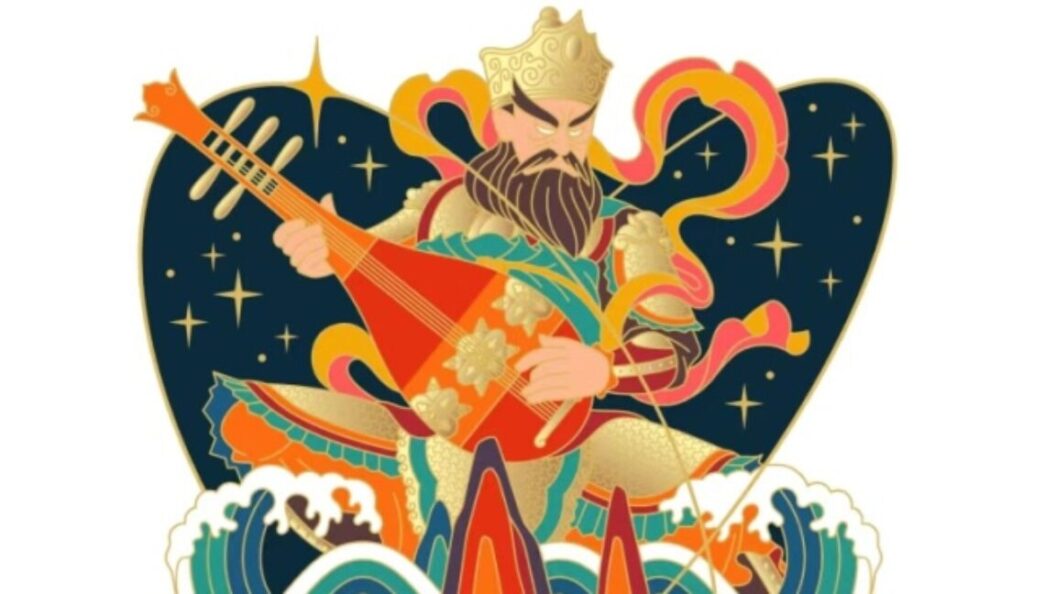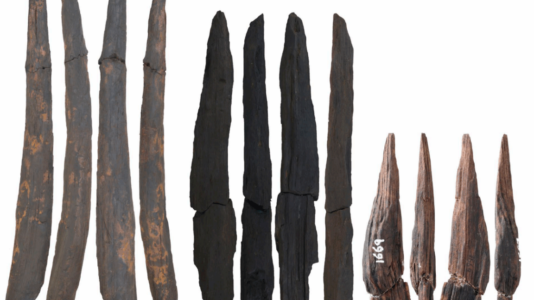Reimagining Spaceflight Symbolism: China’s New Mission Patches
Introduction to Mission Patches
In the world of space exploration, mission patches have evolved into a vibrant tradition, acting as visual symbols of human ingenuity and ambition. These patches can range drastically in design—from abstract representations to specific cultural references—often providing insights into the mission’s objectives or, at times, leaving observers puzzled. Recently, China’s approach to these symbolic badges has shifted notably, marking a departure from earlier, more formulaic designs.
Breaking the Mold with New Designs
Historically, China’s mission patches for human spaceflight often adhered to a conventional design formula characterized by circular shapes and a color palette dominated by red and blue. However, the patch for the Shenzhou mission to the Tiangong space station broke this mold, adopting a triangular shape and incorporating elements drawn from public input. This evolution represents a significant step in both creativity and engagement in China’s space program.
The most striking examples of this shift are the four new patches released in conjunction with a series of launches involving top-secret satellites over the past two months. Unlike previous offerings, these patches showcase Buddhist gods, presented with vivid artistry that distinguishes them from earlier designs. This not only reflects a growing uniqueness in China’s space emblemography but also hints at deeper cultural narratives behind these missions.
Guardians of the Dharma
The four patches prominently feature the Four Heavenly Kings, who serve as protector deities in Buddhism. According to Buddhist tradition, these figures are tasked with safeguarding against evil forces and are also known as guardians of the Dharma—the teachings of Buddha. Each king is associated with one of the cardinal directions, and their influence extends to offering protection against external threats.
In Chinese culture, these deities are known by names that convey their roles:
- Duōwén, the commander of the north, known as "the one who listens to many teachings," is typically illustrated with an umbrella.
- Zēngzhǎng, the guardian of the south, embodies growth and is often depicted wielding a sword.
- Chíguó, the protector of the east, serves as the defender of the nation and is recognized by his stringed musical instrument.
- Guăngmù, representing the west, is portrayed as an all-seeing figure who often carries a serpent.
This incorporation of Buddhist symbols into mission patches not only elevates their artistic merit but also serves to enrich the narrative surrounding China’s space endeavors.
Cultural and Strategic Implications
The introduction of these designs signals a more profound cultural engagement in China’s space program. The choice to depict Buddhist deities could suggest an attempt to unify the national identity with contemporary achievements in science and technology. Furthermore, the strategic use of symbolism might imply a positioning of these missions within a broader context of spiritual and cultural heritage, aimed at garnering public support and national pride.
However, as with any public art or symbolism, the interpretations can vary widely. While some view this as a celebration of cultural heritage, others might see it as an attempt to imbue military and clandestine operations with a sense of nobility and legitimacy. The ambiguity surrounding the missions’ objectives only adds to the speculation.
Conclusion: The Significance of this Shift
The revamped mission patches from China symbolize a pivotal moment in the country’s approach to space exploration. Moving away from a formulaic aesthetic toward more culturally resonant designs represents a broader transformation not just in visual representation but also in how China wishes to present its space achievements to the world.
This evolution can potentially reshape global perceptions of China’s technological capabilities and cultural narratives, moving beyond traditional views. As the country continues its ambitious space endeavors, these mission patches will likely serve both as cultural artifacts and visual ambassadors for China’s aspirations in the realm of space exploration.









